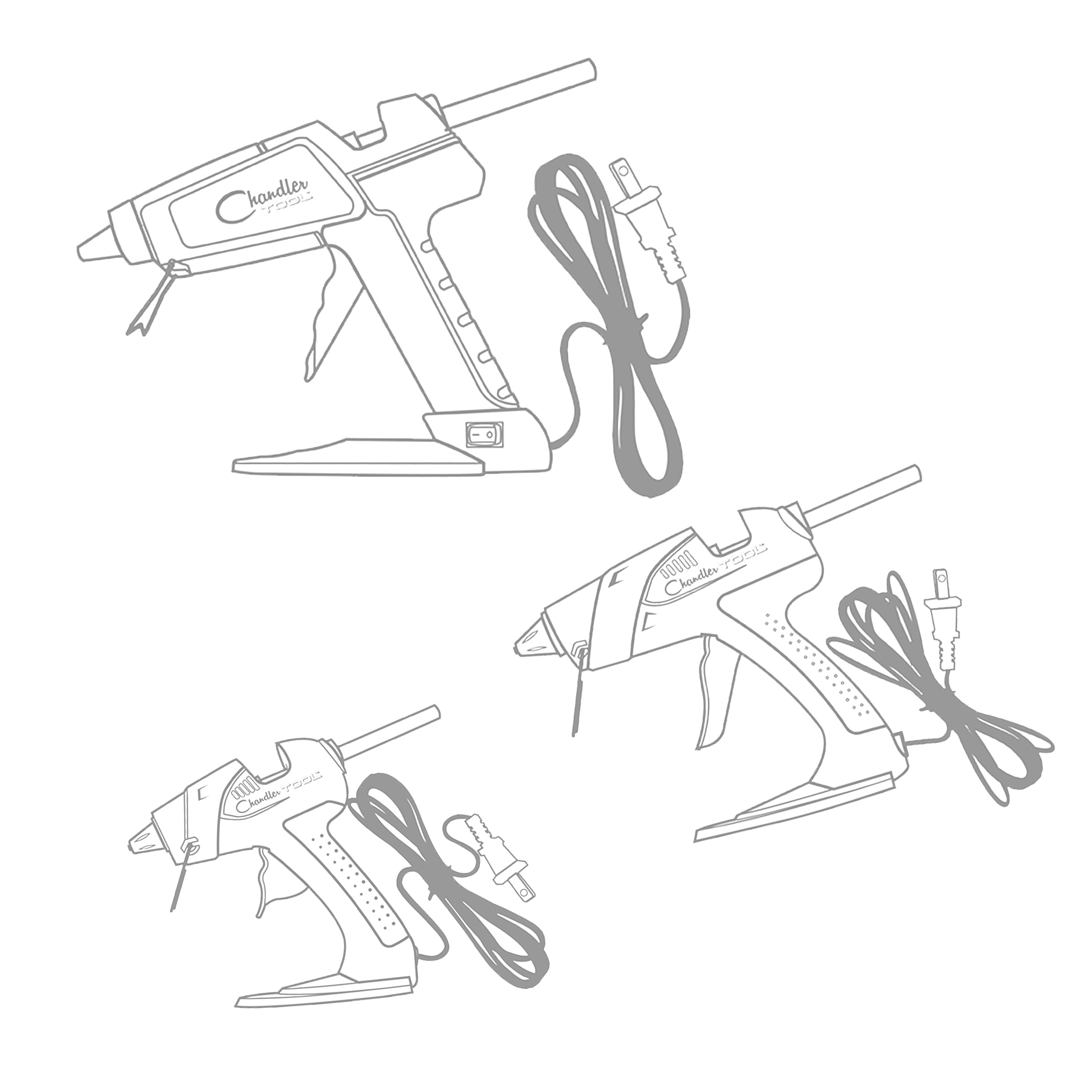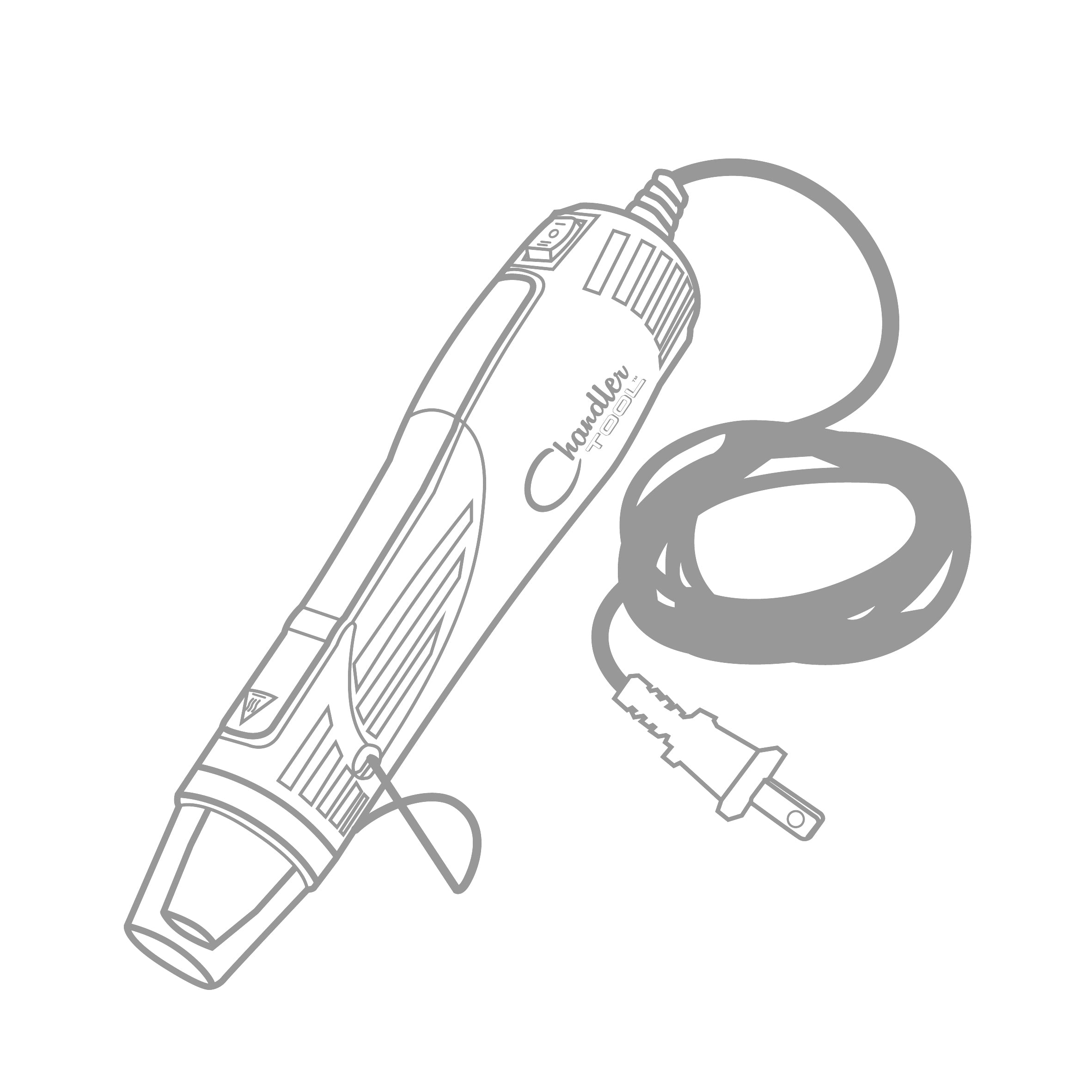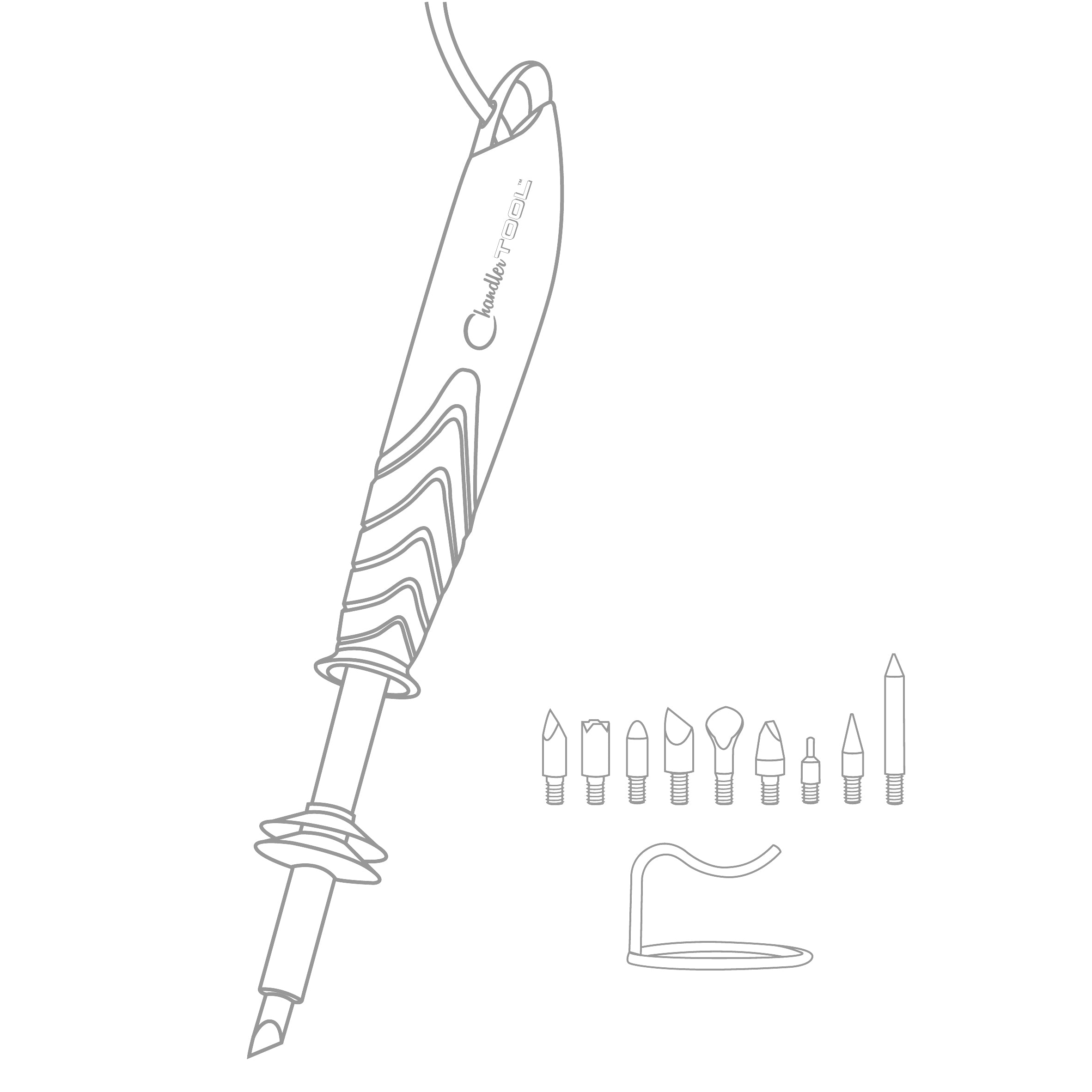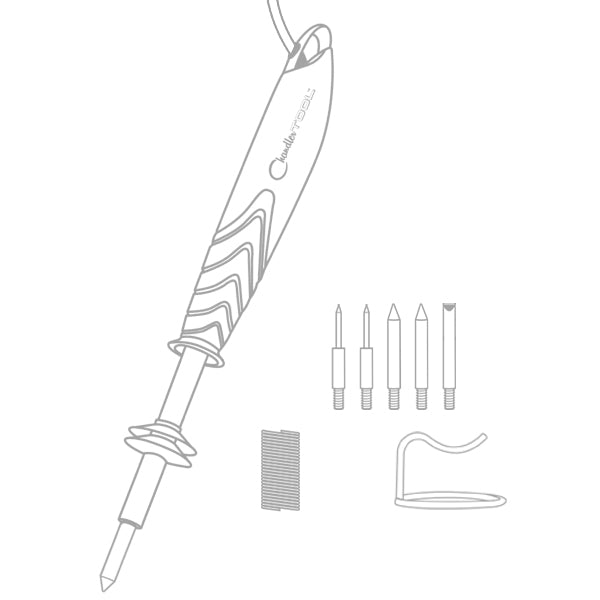Glue Guns require a decent amount of cleaning up to keep them working in prime form. But cleaning doesn’t just mean tidying up the outside. Sometimes, you have to get right into the meat of your glue gun and do some troubleshooting. Here we’ll take a look at common problems that glue gun owners may encounter during their glue gunslinging career, as well as some possible ways to solve those problems.
Leaking Nozzles
This is very common amongst glue gun connoisseurs but there are several misconceptions surrounding a leaking glue gun that we should take a look at before we dive into the main problem.
Some glue guns that are idle on their stand may drip some small dollops of glue every now and then. This is actually normal and it’s designed that way to allow the glue to flow out and avoid burning by staying in the nozzle for too long. If it’s just a few and far in between, then there’s nothing to worry about.
However, if your nozzle leaks a continuous stream of hot glue, then you have a problem. There are a few reasons as to why this might be happening, and the first thing to consider is your glue sticks. It’s important to know if you’re using a high-temperature or low-temperature glue gun and the same goes for high-temperature or low-temperature glue sticks. High-temp sticks are thick and opaque while low-temp ones are generally thinner and more solid in color. Low-temp sticks contain more wax because it has a lower melting point and your high-temp gun might be melting it a little bit too fast.
If the problem is not in your sticks, it may be a problem with the nozzle itself or possibly a problem with your trigger. Triggers push the glue stick towards the nozzle when you use them, but broken triggers may sometimes get stuck and keep pushing the glue stick forward even when you don’t want them to. This causes the glue to keep flowing out even when your gun is idle.
If your glue gun has a mechanical problem, take it to the manufacturers and they’ll gladly fix any defects in the tool for you.
Slow Glue Movement
The inverse of the previous problem can be solved the same way. Sometimes the hot glue just doesn’t pour out as easily as it should be, and it takes too long to get any work done. The first thing you need to check is your glue sticks, this time to make sure that you’re not trying to melt a high-temp stick in a low-temp gun.
If that’s not the case, then it could be a broken trigger that doesn’t push out the glue as intended as opposed to pushing it out even when not being used. Again, check with the manufacturer to account for any defects in the product.
Melt Backs
Melt backs happen when you leave your glue gun on for a long time without using it. The glue stick inside the gun softens up so much that by the time you pull the trigger, it pushes itself back out instead of being pushed out the nozzle. This can be very dangerous if not handled properly and can cause a lot of damage to your glue gun.
The best way to prevent melt backs is to avoid letting it sit while turned on for a long time. Make sure to work with the time that it takes your glue stick to melt and turn your glue gun off if you’re not going to use it within the next few minutes.
These are just some of the many things that can go wrong when working with tools like a glue gun. But do remember that a lot of these problems can be avoided by taking good care of your equipment and seeking out professionals if you’re not sure about what to do next. Always prioritize safety when working, and maintaining your tools to be in top form is a step in the right direction.
Getting a good, reliable glue gun is also a step in the right direction. If you want to find the perfect one for you, check out the glue guns we have available at Chandler Tool!












